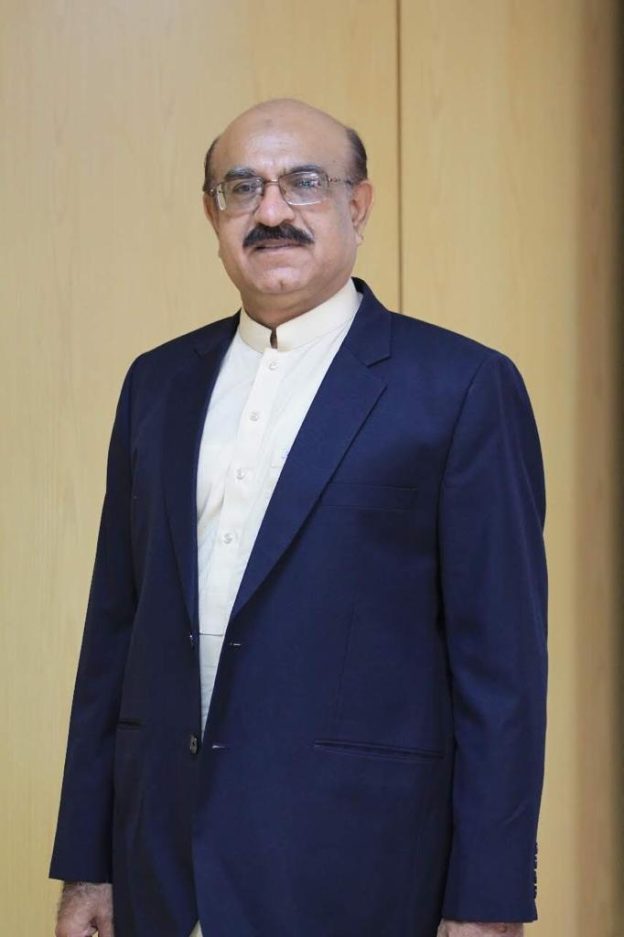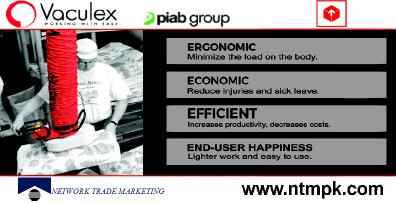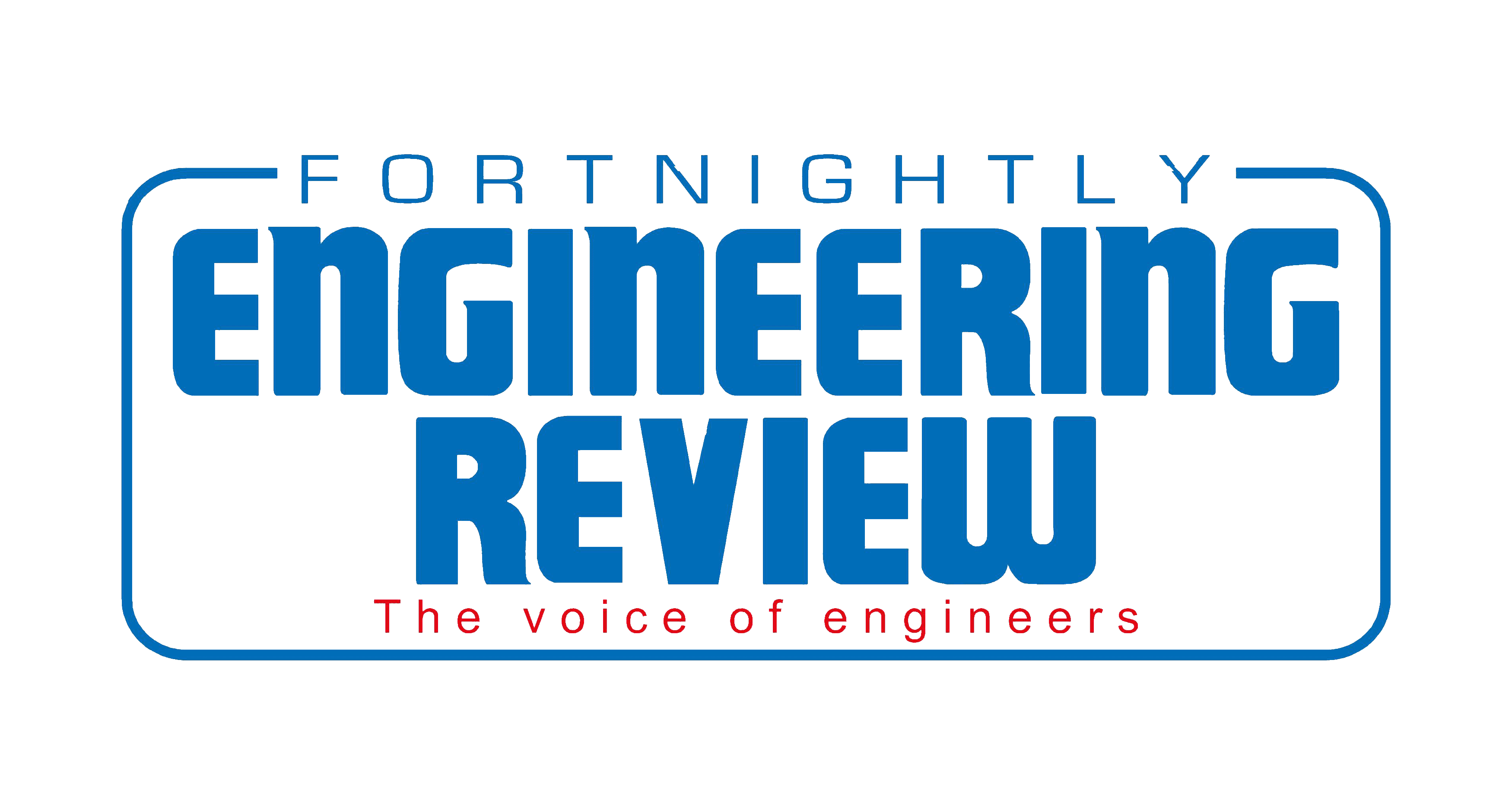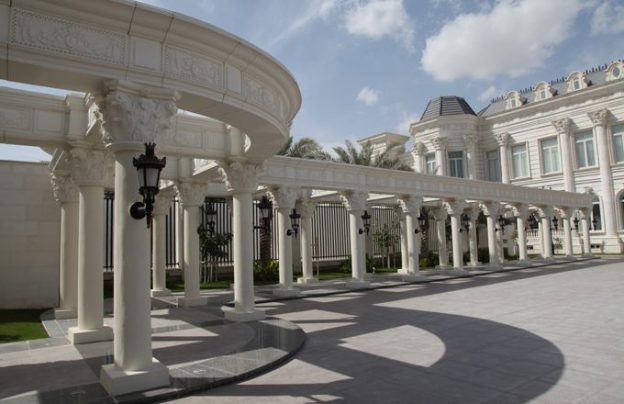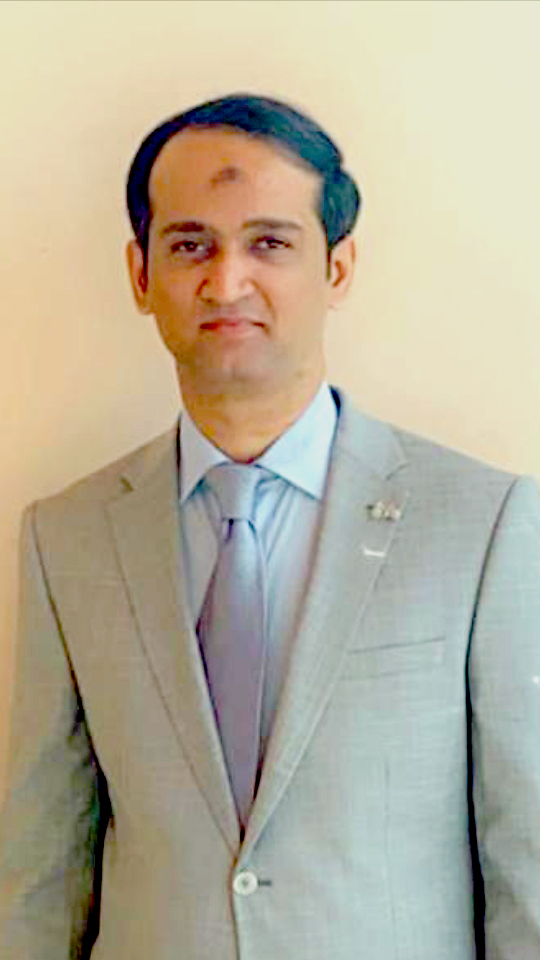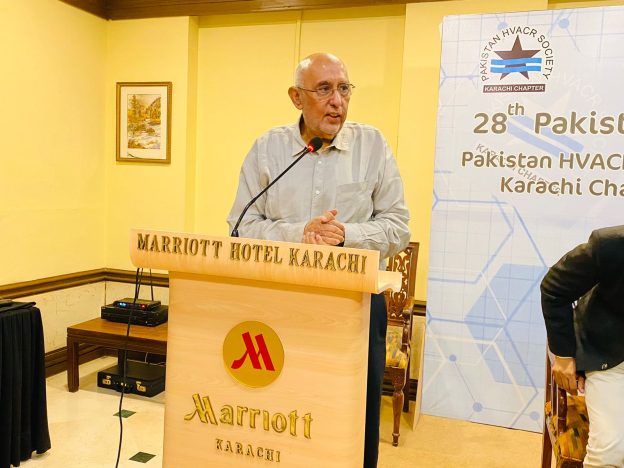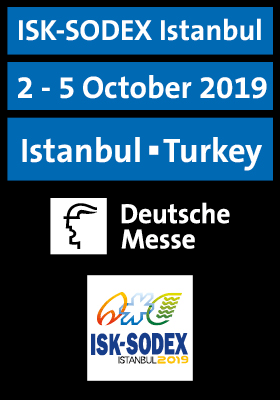Silicon Valley is a region located in the southern part of the San Francisco Bay Area in California, United States. It is known for being a hub of technology and innovation, home to many of the world’s largest technology companies and startups.
The name “Silicon Valley” comes from the fact that the region was originally known for its large number of silicon chip manufacturers, which were instrumental in the development of the modern computer industry.
Today, Silicon Valley is more broadly used to refer to the entire tech industry and the many companies, entrepreneurs, and investors that make it thrive. Some of the most famous technology companies in the world are based in Silicon Valley, including Google, Apple, Facebook, and Tesla, among many others. The region is also known for its many venture capital firms, which fund and support new startups in the hopes of discovering the next big thing in technology.
For young engineers and entrepreneurs from Pakistan, Silicon Valley offers a wealth of opportunities to learn, grow, and make a name for themselves in the tech industry. Many Pakistani engineers have already made their mark in Silicon Valley, working for some of the biggest and most innovative tech companies in the world.
One of the biggest advantages of Silicon Valley for Pakistani young engineers is the abundance of high-paying tech jobs. The region is home to many of the world’s largest and most successful technology companies, which are always on the lookout for talented engineers and developers. Working for one of these companies can provide young engineers with valuable experience, exposure to cutting-edge technologies, and the opportunity to work alongside some of the brightest minds in the industry.
In addition to traditional tech jobs, Silicon Valley is also a hotbed of entrepreneurship and innovation. Many young engineers and entrepreneurs from Pakistan have launched their own startups in Silicon Valley, taking advantage of the region’s supportive ecosystem of investors, mentors, and other resources. Whether it’s developing a new app, launching a hardware product, or solving a complex problem in a new and innovative way, Silicon Valley offers endless opportunities for young engineers to make their mark and build successful careers.
Of course, there are also challenges associated with living and working in Silicon Valley. The region’s high cost of living can be a barrier for some, and competition for tech jobs can be intense. However, for those who are willing to take the leap and pursue their dreams in Silicon Valley, the rewards can be truly life-changing.
Here are some brief examples of new innovations in process in Silicon Valley:
Self-driving cars
Augmented and virtual reality
Artificial intelligence
Sustainable energy
Blockchain and cryptocurrencies
These innovations have the potential to revolutionize transportation, entertainment, healthcare, finance, and more. As the technology industry continues to evolve, Silicon Valley is likely to remain at the forefront of innovation.
In conclusion, Silicon Valley is a hub of innovation and opportunity, offering young engineers and entrepreneurs from Pakistan the chance to work for some of the world’s most innovative companies, launch their own startups, and make a name for themselves in the tech industry. While there are challenges associated with living and working in the region, the rewards can be immense for those who are willing to take risks and pursue their dreams in Silicon Valley.
A Hub of Innovation and Opportunity
